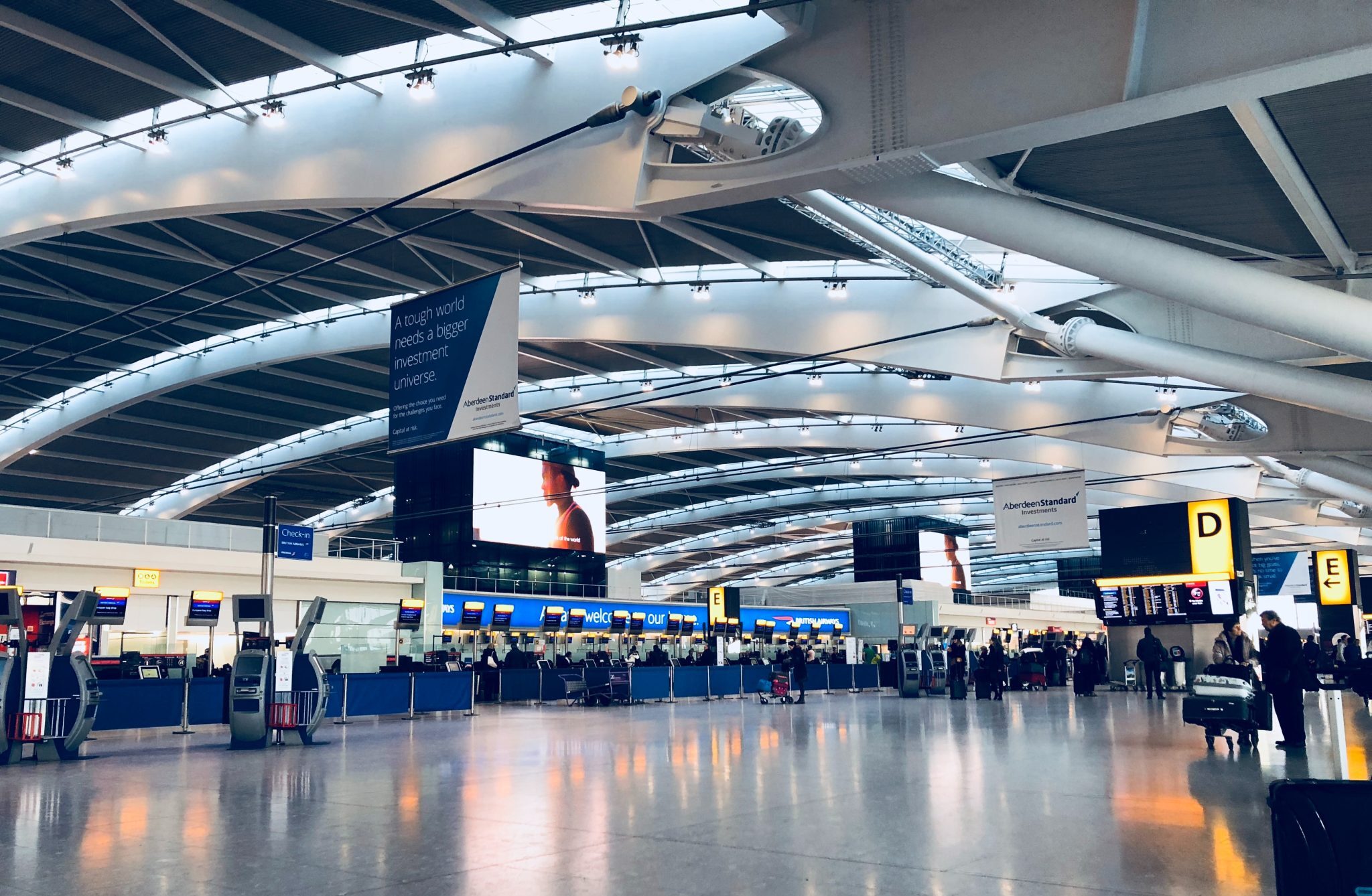Overlooking the River Thames in London, England, sits the iconic Tower Bridge, a globally recognised landmark. This stunning building showcases the city’s advanced engineering, innovative architecture, and illustrious past. Learn more about Tower Bridge—its construction, characteristics, and importance—as we dive into its intriguing history in this article.
Table of Contents
ToggleThe history of Tower Bridge
The rapidly growing population of the capital during the Victorian period necessitated the building of Tower Bridge to allow for speedier city movement. Ships could not sail the Thames without the bridge’s opening and closing capabilities. Over the course of eight years, it required the labour of around 430 construction workers (1886–1894). The project also called for 31 million bricks, 2 million rivets, 11,000 tonnes of steel, and more than 70,000 tonnes of concrete. To put it simply, it is an impressive engineering achievement.
The cost of Tower Bridge was high
It cost 1,140,000 pounds to build Tower Bridge. After adjusting for inflation, the amount would be closer to £150 million in today’s money. We can only assume that the number would seem much greater in today’s reality when we factor in the contemporary salaries of 430 construction workers. Although it was costly, Tower Bridge is now an iconic symbol of London that serves a utilitarian and aesthetically pleasing purpose. The neo-Gothic design of Tower Bridge remains timeless. When opened, it was the world’s largest and most advanced bascule bridge.
They used roughly 11,000 tonnes of steel to create the towers and walkways. And they set up two massive piers on deep foundations in the riverbed to support the construction. Covered in Cornish granite and Portland stone, this construction served to protect the underlying steelwork. Following Jones’s death in 1887, George D. Stevenson assumed control and erected the now-iconic Victorian Gothic front in place of the brick one.
Tower Bridge’s formal opening
Upon 30 June 1894, the Prince and Princess of Wales formally inaugurated Tower Bridge. Among those in attendance at the inaugural ceremony were Home Secretary H. H. Asquith, Lord Chamberlain, and Lord Carrington. The same day saw the first raising of the bridge, following a two-minute delay. Up until the 1960s, a tugboat had to be on standby to assist ships in difficulty when they crossed the bridge, per a parliamentary act.
The Tower Subway provided the quickest crossing of the Thames between Tower Hill and Tooley Street in Southwark prior to the bridge’s completion. After its opening, the majority of pedestrians began using the Tower Subway instead of the toll bridge due to its free crossing.
This is the Tower Bridge today
One of the most significant routes to cross the River Thames nowadays is the Tower Bridge. Actually, almost forty thousand people use the bridge every day, according to certain calculations.
With its new electrical system, Tower Bridge may now raise and lower 800 times a year, or as many as 10 times a day during the summer. At 42 meters above river level, the glass walkways of the Tower Bridge, which are 11 meters long, provide the finest views of the bridge’s raising. Despite the overpowering vistas of the Thames River, these pathways also tell the tale of the bridge’s construction.
It was one of the world’s most advanced bridges
Upon its completion, Tower Bridge surpassed all other bascule bridges in terms of size and technology. Steam powered the enormous pumping engines that allowed these bascules to function hydraulically. The power to raise the bridge was always available because of the six massive accumulators that stored the energy.
The driving motors, which raised and lowered the basses, received power from the accumulators. To this day, hydraulics are what drive the bascules. However, oil and electricity have superseded steam since 1976. You can find the original boilers, accumulators, and pumping engines in the Engine Rooms of Tower Bridge.
Bricks, steel, granite, concrete, Portland stone, and rivets are among the many elements used to build the bridge. A combination of granite and Portland stone on the outside and a steel frame on the inside makes for a sturdy and beautiful building. Concrete and bricks form the bridge’s foundation, which provides a sturdy basis. Since rivets were the principal means of fastening steel parts together, their usage in the building of tower bridges exemplifies the engineering practices of the period.
What was the purpose of the lifting mechanism in Tower Bridge?
During the Victorian period, the Pool of London—where Tower Bridge is on the Thames—was the busiest port in the world. Ships transporting cotton, sugar, and tea arrived here from all over the globe. Between Limehouse in East London and London Bridge, warehouses lined the riverbanks, dumping these goods.
The logistics of cargo ships reaching the warehouses beyond the planned new bridge next to the Tower of London were a major point of worry for many.
Thankfully, they took their worries into consideration. They concluded that the design of the new bridge could not prevent sailing ships from reaching the upper Pool of London. We received more than 50 distinct designs in response to the issue. The most optimal plan was that of Sir Horace Jones and Sir John Wolfe Barry, which included bascules, or opening highways.
What makes a drawbridge ineffective
The designer of Tower Bridge initially envisioned the bridge as a drawbridge. This was the initial design scenario. The original plan by architect Sir Horace Jones was for the roadways to rise and fall like a drawbridge in a mediaeval fortress.
It became clear, however, that a drawbridge couldn’t elevate the roadways. Opening the bridge would be too much for the chains strung from the towers to handle. Alternatively, they could lift the road “bascule” in two sections to span the river.
Every bascule revolves around a pivot that is not in the middle. Eliminating the need to apply pressure to the towers during road opening and shutting, the bascule maintains an equal balance on both sides. You can open the road with less energy by using the bascules. A total of eight big cogs, four on each side, are responsible for the heavy lifting.
Exploring Tower Bridge via Glass Floors and Walkways
Ascending the North Tower and exploring the East and West Walkways are great ways to begin your Tower Bridge trip. You can see the Thames and London from these walkways, and it’s breathtaking. You can see the river’s busy traffic below you as you stroll over the famous glass floors. To save this moment forever, be sure to take a picture.
Extravaganza at Tower Bridge
The exhibition covers all aspects of Tower Bridge, an engineering and historical marvel. You can follow the blue line honoring the bridge builders, which will lead you down the South Tower to street level. Finally, go into the Victorian Engine Rooms to learn about the hydraulic force that raised the bridge and explore the fascinating interactive displays.
Bridge Lifts
Seeing a bridge lifted into place will be an unforgettable event throughout your stay. Tower Bridge’s bascules raise vertically to let river traffic pass when big ships are in the way. To ensure you don’t miss this unique event, closely monitor the official itinerary.
At what times of the day is Tower Bridge available to the public?
Approximately 800 times per year, Tower Bridge opens its bascules. Approximately twice a day is the recommended frequency. A high number of bridge lifts could create the impression of something truly remarkable. But in 1894, the first year that Tower Bridge was operational, the bascules were raised 6,194 times. The bascules rose around seventeen times per day on average.
In bygone days, workers at Tower Bridge maintained a constant vigil for ships about to pass over, and they would open the bascules as soon as the path was free. On January 1, 1971, this procedure underwent modification. Now, ships are required to provide at least 24 hours’ notice and submit written requests for bridge lifts.
Is opening Tower Bridge something that costs money?
Opening Tower Bridge has never cost anything. In fact, it’s been free since 1894. Transport along this section of the Thames has always taken precedence. It was an essential aspect of the design that Tower Bridge not block river traffic into the Pool of London. Additionally, this made it impossible to charge ships.
Under its previous name, Bridge House Estates, the City Bridge Foundation now finances all Bridge Lifts. A 900-year-old charity, the City Bridge Foundation, provides maintenance funding for five bridges in the heart of London. Tower, London, Southwark, Blackfriars, and Millennium Bridges are the ones in question.
Which location offers the most ideal views of a bridge lift?
Every tourist to London should make time to visit the Tower Bridge lift. One may see the raising of a bridge from any of the adjacent outdoor spaces. The ships pass by the Tower of London, providing a view for those on the southwestern side of the bridge. If you’re on the Tower Bridge Walkways, you might be able to see the ships passing below you as the bridge rises.




